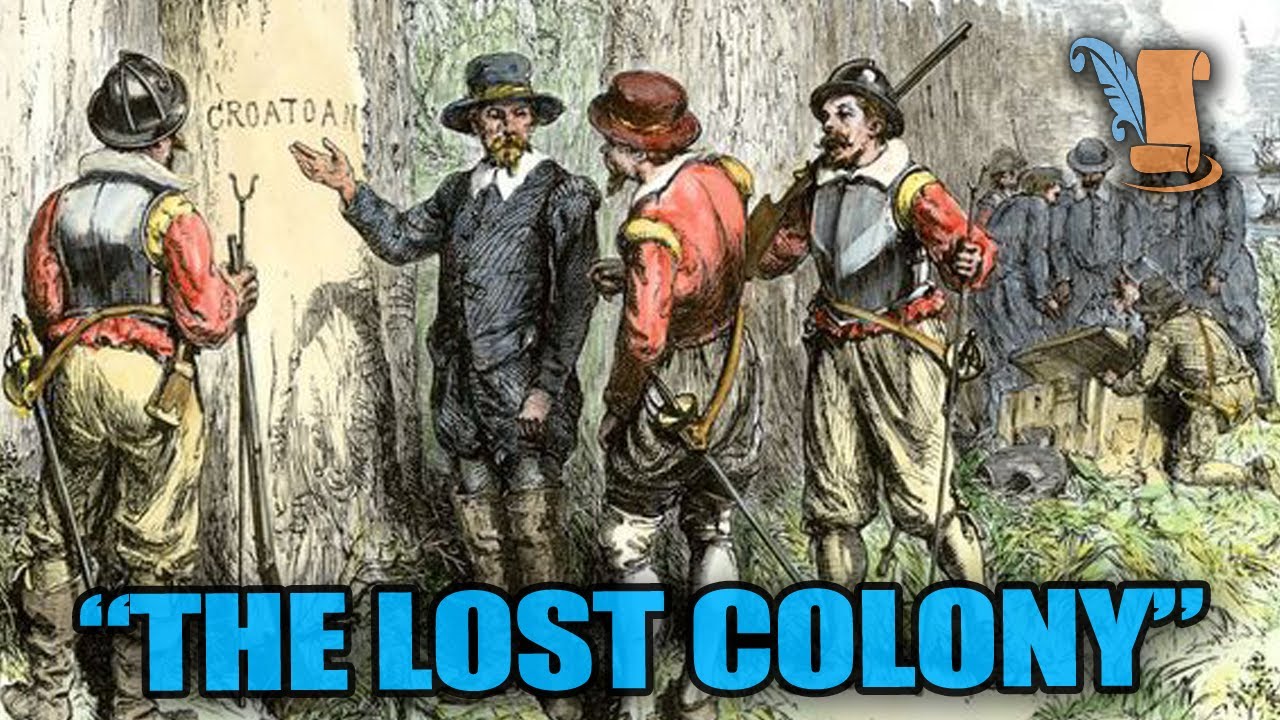The lost Roanoke colony is one of the most intriguing mysteries in the history of early American colonization. At the end of the 16th century, a group of English settlers vanished without a trace from Roanoke Island, leaving behind only one word carved into a tree: “Croatoan.” What happened to these people?
The Background of the Colony
In 1587, under the leadership of Sir Walter Raleigh, more than a hundred men, women, and children arrived on Roanoke Island, located off the coast of present-day North Carolina, with the goal of establishing the first permanent English settlement in North America. The group was led by John White, an experienced artist and cartographer. However, due to a lack of supplies and escalating tensions with local tribes, White was forced to return to England for assistance. His departure was delayed for three years due to the Anglo-Spanish War, and it wasn’t until 1590 that he was able to return to Roanoke. To his horror, he found the settlement empty, with no signs of struggle or haste. The only clue was the word “Croatoan” carved into a post.
Hypotheses about the Disappearance
1. Assimilation with the Croatoan Tribe: The most common theory suggests that the colonists merged with the friendly Croatoan tribe, who lived on a nearby island (now Hatteras). Historical records later describe encounters with Native Americans who had gray eyes and European features, which may indicate intermingling with the settlers.
2. Attack by Hostile Tribes: There is a version that suggests the colonists were attacked and wiped out by hostile tribes. However, the lack of signs of a struggle or bodies casts doubt on this hypothesis.
3. Migration to the Mainland: Some researchers believe the settlers may have moved to the mainland in search of a safer location or better living conditions. However, no concrete evidence of this migration has been found.
4. Spanish Involvement: At the time, Spain and England were in conflict, and there are speculations that the Spanish may have discovered and destroyed the colony to prevent the expansion of English influence in the New World. However, there is no documentary evidence to support this version.
Modern Research and Findings
In recent decades, archaeologists and historians have continued to search for answers to the Roanoke mystery. Artifacts of European origin, dating back to the late 16th century, have been found on Hatteras Island, which may support the theory that the colonists assimilated with the local tribe. However, these findings do not provide a definitive answer regarding the fate of the settlers.
Conclusion
The disappearance of the Roanoke colony remains one of the most mysterious chapters in American history. Despite numerous studies and theories, the exact fate of the more than a hundred men, women, and children who vanished without a trace remains unsolved. This mystery continues to captivate researchers and enthusiasts, inspiring new searches and hypotheses.
Author: Fatima Shukurova
Translated to English : Madina Mammadova










